Flying into Vancouver airport in late September, through October and early November, you’re likely to spot shimmering, deep red-pink swatches in the patchwork of farmland below. These colourful fields hold the last of the year’s big berry crops- cranberries.
Native to North America, and closely associated with the Thanksgiving and Christmas celebrations of Canada and the US, cranberries are glowing symbols of the festive season. The shallow rooted evergreen shrubs are grown in sandy soil in marshy wetlands. British Columbia is the largest producer of cranberries in Canada, with most of the crop grown in the Fraser valley and some on Vancouver Island. In 2010, to celebrate the hosting of the Winter Olympics in Vancouver, Cranberry farmers in the city of Richmond, B.C., donated 13 million (who counted?) cranberries to construct a colourful installation depicting the Olympic rings and the maple leaf and Olympic torch.
With their deep red colour and slightly oval shape, the berries look remarkably like ripe coffee berries, though they are much lighter, containing air pockets that allow them to float in water. Tart, with small, soft seeds, the cranberry is loaded with health benefits, including good amounts of vitamin C. Early American sailors used this and the cranberry’s good keeping qualities to their advantage, carrying supplies on board ship, much like the British carried supplies of limes to prevent scurvy. I don’t know if this led to their being referred to as crannies 🙂
Indo-Canadian farmers and farmworkers have played an important role in the agricultural economy of British Columbia, beginning in the early 20th century. Cranberry farming is no exception, and Canada’s largest cranberry grower is Peter Dhillon.
Two methods of harvesting are used to gather the ripe fruit. For berries that are to be sold fresh, a dry harvesting is done. Wet harvesting involves flooding the fields with about a foot of standing water, then mechanically beating the ripe berries off the vines, and floating them to the surface of the flooded fields. It’s probably the most spectacular harvest you’re likely to see! Once the berries have been floated, giant booms are used to cordon off sections of the field and haul in the harvest. The berries are paddled up a conveyor belt into waiting trucks and hauled off to processing plants, before reappearing as cranberry juice, cranberry sauce, cranberry jam, cranberry jelly, cranberry..well, you get the picture. Such a festive end to the berry season!
Here’s a simple cranberry spread recipe with a delicious mix of spice and butter.
Cranberry spread
- 340 gms fresh cranberries (one Ocean Spray bag)
- 250 grams sugar
- Two 1″ sticks of cinnamon
- 2 star anise
- A scattering of pistachio or broken bits of cashew nuts
- 2 tbsp ghee (nothing else will do)
- A pinch of salt
- For a spicy variation, add a tsp of freshly ground red chilli flakes
Put the berries into a pan along with a cup of water. Bring to a simmer, cover with a spatter guard and stand back as the berries start to pop. You may have to help a few stubborn ones along with a little prodding. When they’re all softened, simmer for a few minutes to boil away any excess water. Add the sugar and stir until completely dissolved. Add a pinch of salt.
Heat the ghee in another pan and add the cinnamon sticks and star anise. Stir on low heat until the ghee smells fragrant. If using chilli flakes, add them now. Add the cooked cranberries and mix. Simmer for a couple of minutes, then remove from the heat.
Cool slightly, then add the nuts and stir to mix. Spoon into jars and refrigerate when cool. Heat the spread a little before eating to allow the ghee to melt and release the spicy flavours.

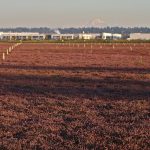
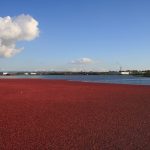
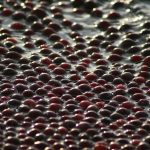
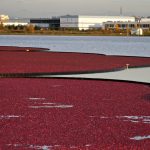
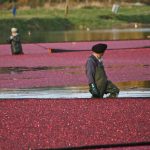
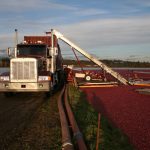
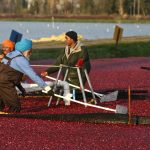

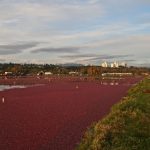
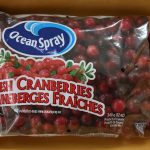
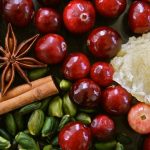
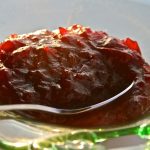
hi shalu, the pictures are getting better and better. This is dangerous…you might land up getting more visitors from the subcontinent than u can handle. i love the one foot in coorg and the other in canada flavour of ur blog.
Thanks, Kavitha! Visitors? Hmm, yes. I know some great farms around here 😉
Best cranberry recipe! It’s super easy and super yummy.
Thanks Mj! Now get the pressure cooker, and you’re all set to make banana jam!
🙂